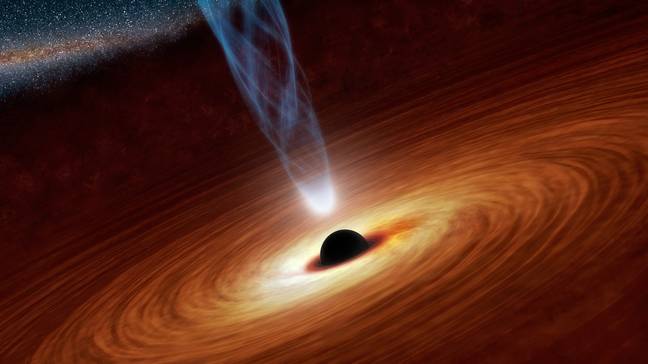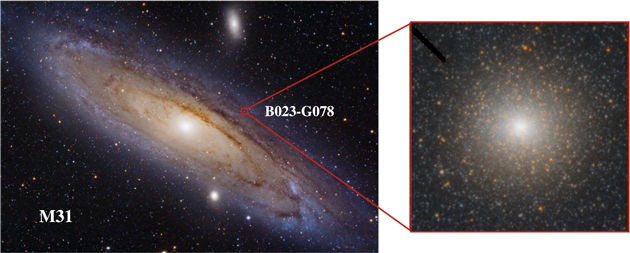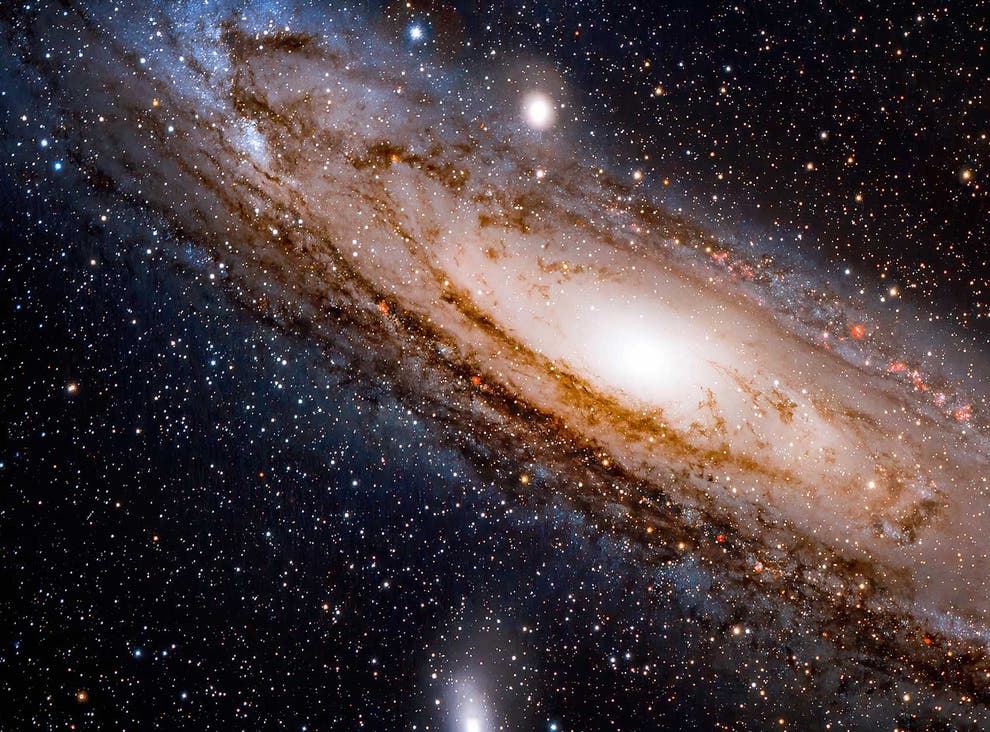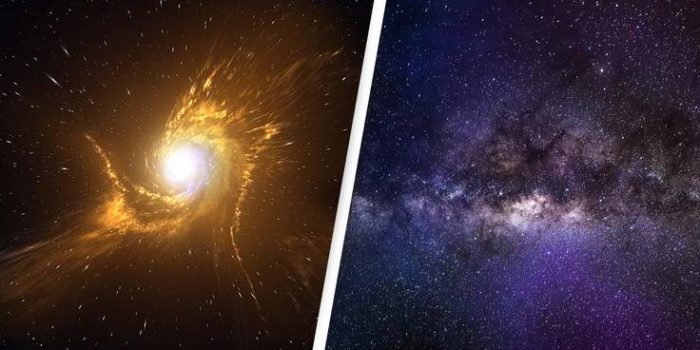A new type of black hole has been identified by astronomers. It is smaller than the black holes discovered at the centres of galaxies but larger than the black holes formed when stars explode, with a mass of 100,000 solar masses. This makes it one of the few verified intermediate-mass black holes.
“We have very good detections of the biggest, stellar-mass black holes up to 100 times the size of our sun, and supermassive black holes at the centres of galaxies that are millions of times the size of our sun, but there aren’t any measurements of black between these. That’s a large gap,” said senior author Anil Seth, associate professor of astronomy at the University of Utah and co-author of the study.

“This discovery fills the gap.”
The black hole was discovered in the Andromeda galaxy’s B023-G078 star cluster. Scientists believe a stripped nucleus is a relic of small galaxies colliding with larger ones, stripping their surrounding stars away due to gravitational forces.

“Previously, we’ve found big black holes within massive, stripped nuclei that are much bigger than B023-G078. We knew that there must be smaller black holes in lower mass stripped nuclei, but there’s never been direct evidence,” said lead author Renuka Pechetti, then of Liverpool John Moores University.
“I think this is a pretty clear case that we have finally found one of these objects.”
Researchers utilised observational data from the Gemini Observatory and Hubble Space Telescope imagery to simulate the object’s light profile and determine its mass.
The light profile of a globular cluster is round in the centre and flatter at the edges, whereas B023-G078 is round in the centre and flatter at the edges. The chemical composition of the stars varies, with heavier elements in the centre vs lighter elements at the object’s edge.

“Globular star clusters basically form at the same time. In contrast, these stripped nuclei can have repeated formation episodes, where gas falls into the centre of the galaxy and forms stars. And other star clusters can get dragged into the centre by the gravitational forces of the galaxy,” said Seth.
“It’s kind of the dumping ground for a bunch of different stuff. So, stars in stripped nuclei will be more complicated than in globular clusters. And that’s what we saw in B023-G078.”
The researchers’ model showed stars moving slowly compared to their observations until they added a hypothetical black hole to the mix. The speeds were then matched to the data collected.

“The stellar velocities we are getting gives us direct evidence that there’s some kind of dark mass right at the centre,” said Pechetti.
“It’s very hard for globular clusters to form big black holes. But if it’s in a stripped nucleus, then there must already be a black hole present, left as a remnant from the smaller galaxy that fell into, the bigger one.”
The study was published in The Astrophysical Journal.


